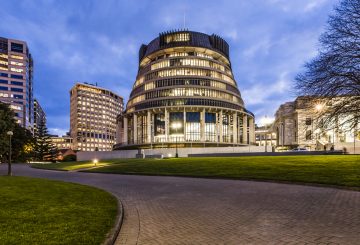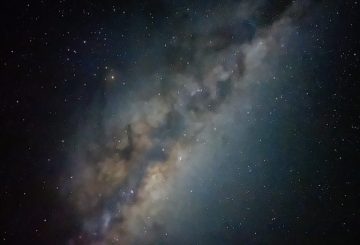今天是新西兰有史以来第一次 MMP 选举 25 周年,这是自一个多世纪前赋予妇女投票权以来该国选举制度的最大变化。

这就是 Wal of Footrot Flats 在 1996 年成名,他练习新西兰人第一次要做的事情-在选票上打两个勾号。
该动画片的创作者默里·鲍尔(Murray Ball)是由选举委员会邀请的,以帮助解释新奇的制度 MMP-混合成员比例。
这一变化是在多年违反选举承诺以及数十年来选民对 “邮政过去” 系统将较小政党封锁在外而感到越来越沮丧之后发生的。
例如,社会信贷党在 1981 年赢得了 20% 以上的选票,但只获得了两个席位。
新制度意味着在 1996 年,在所有选票都投完之后,没有明显的赢家。
需要一个国王制造者。
前工党议员和政治历史学家迈克尔·巴塞特记得。
“最终结果是,温斯顿[Peters]在这个地方四处转去钓鱼时让国家猜测了九个星期,为媒体做了所有的笑脸,并毫不客气地嘲笑,最终宣布他将与国民。”
MMP 的故事与其最精明的指数温斯顿·彼得斯交织在一起。
他说,这迫使跨党派合作,这使得该国更加强大。
彼得斯说,媒体和主要政党从来没有真正获得过 MMP。
“我举一个例子,在 2017 年的选举移交中,我们正在与国民党和工党开始谈判,三天之内我被指控要求该国勒索赎金-甚至还没有报告最终选票。
“现在,德国在 2017 年举行了大选… 他们花了将近五个月的时间组建政府。
“当最后一票进行时,我们花了 11 天时间。”
彼得斯认为,MMP 确保只有能够获得集体多数票的政党才能组成政府。
对 MMP 的批评一直是它允许尾巴摇动狗。
但是,巴塞特说,在 MMP 进入之前,彼得斯是一支政治力量。
他说,MMP 还为包括绿党的珍妮特·菲茨西蒙斯和罗德·唐纳德在内的一些强大的政治参与者开辟了道路,他们作为亲 MMP 的竞选人在使 MMP 脱离界限方面发挥了重要作用。
联盟党议员利兹·戈登(Liz Gordon)在其名单上排在最后一个 1996 年进入议会。
她和吉姆·安德顿(Jim Andrton)离开了工党,走向经济右翼,帮助组建了联盟党。
她说,主要政党从未喜欢过 MMP。
“那是一个非常艰难的时期,两个大党都不愿意放弃权威。
“实际上,这是持久的教训之一,小党比[are]我认为的合作伙伴更多地看作是令人讨厌的事情。”
戈登说,MMP 帮助引进了带薪育儿假,Kiwibank 和 Peter 的金卡等政策-仅举几例
她说,这有助于该国摆脱了激进的放松管制,改善了代表权和选民的选择。
而且议会变得更加多样化。在 2020 年的选举中,只有不到 50% 的当选国会议员(或 58 人)是女性。120 个成员中有 25 个是毛利人,11 个是太平洋地区,8 个是亚洲人。
而且 MMP 看起来好像会继续存在,它在 2011 年的公投中得到了多数人的支持,而在最近启动的对选举法的全面审查中,大规模变革并没有摆在桌面上。
来源:RNZ 新闻






























































